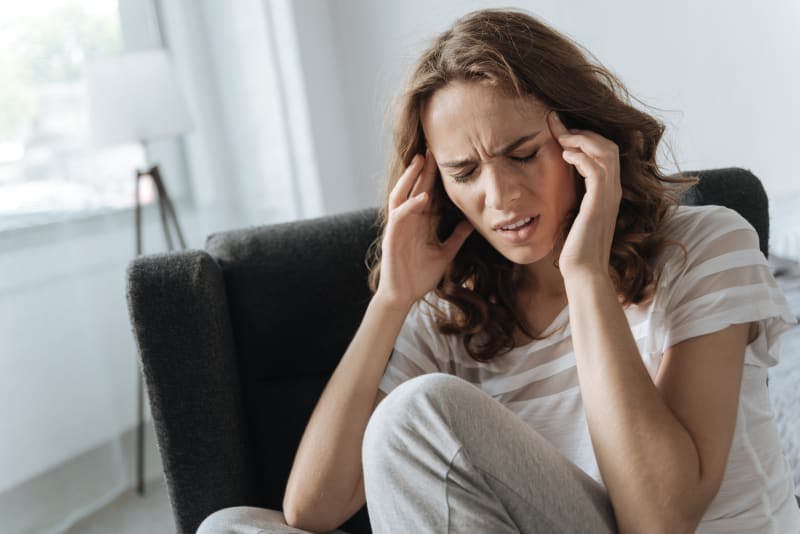Migraine headaches can affect people’s mood and lifestyles when they occur frequently.
Migraines can occur at any age but they usually begin in young adults and peak between ages 30 to 40. About 90% of people who have migraines experience the first one before the age of 40.
Migraines are accompanied with additional symptoms such as nausea, vomiting, sensitivity to light, sound and smell, and can become aggravated with physical activity.
If you notice an increase in the frequency of migraines or a change in its characteristics, you should speak to your GP right away.
Alternatively you can also refer yourself to a specialist Doctor without seeing a GP first.
